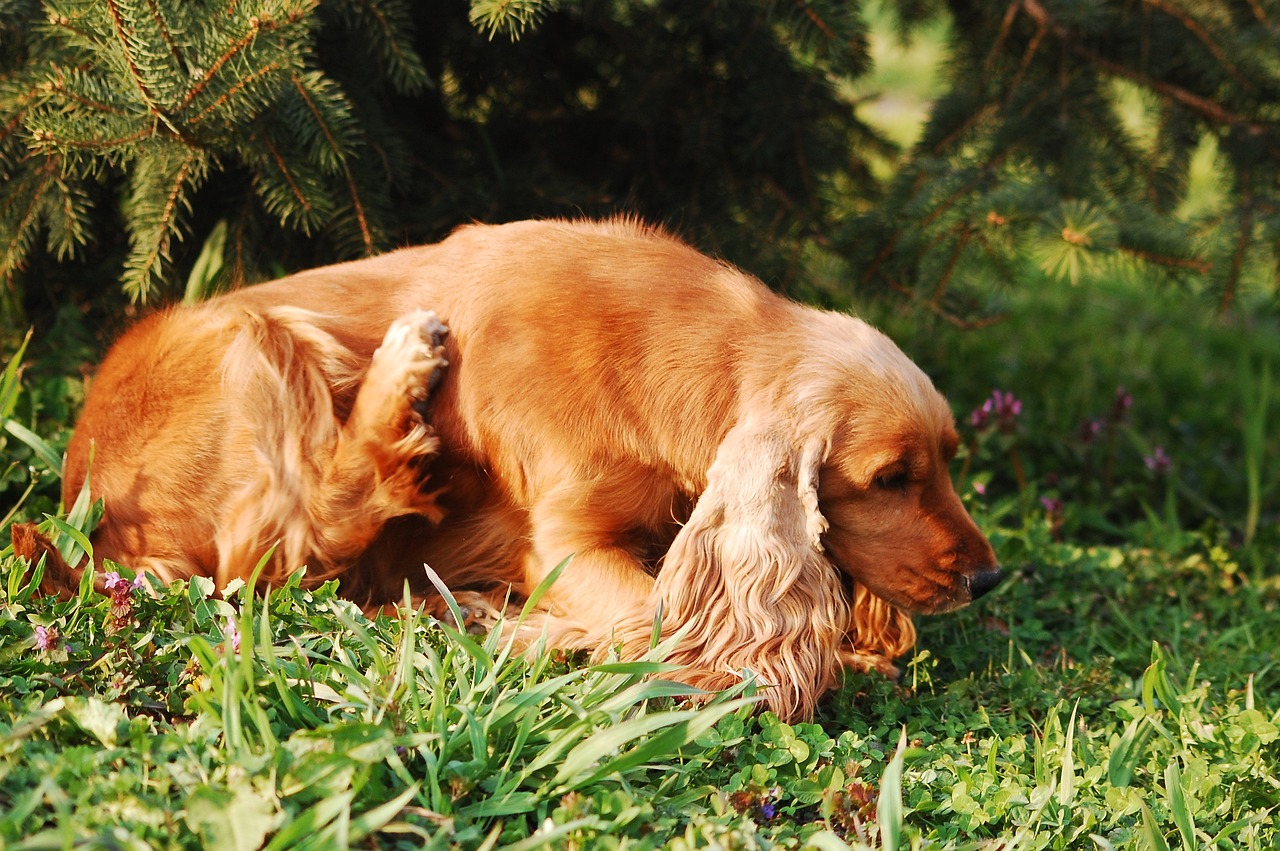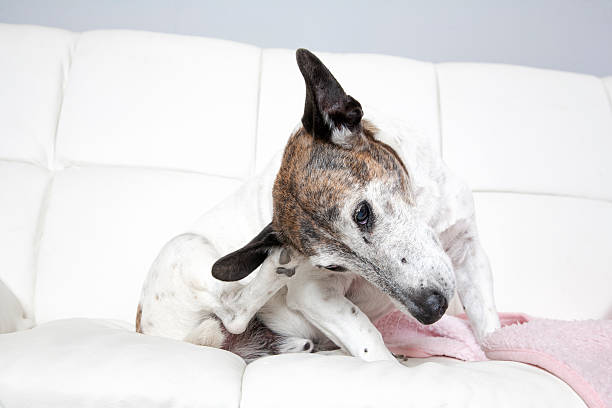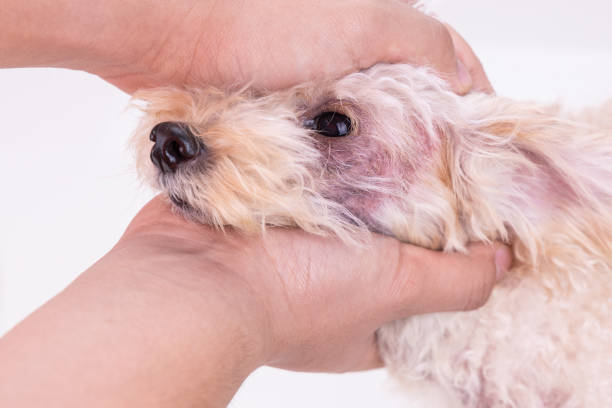If you perceive a bulge on your canine’s back, you might ask, “What could this be?” Undeniably, you’re not the only one interested to know the possible reasons for the growth on a dog’s back. Most often, these protrusions are harmless and vanish by themselves, yet it’s essential to understand that the array of lumps can have varying potential consequences for your pet.
Lumps and bumps on dogs’ backs do not always indicate illness or injury. Many bumps are just harmless growths called warts. However, if a bump is large, red, and sore, it may indicate an illness or injury. If you think your dog has a bump on its back that is causing pain or distress, consult your veterinarian for an evaluation.
Causes of Bumps on Dogs’ Backs
Older dogs are prone to getting bumps on their back, and while they may not always cause problems, they can be unsightly and sometimes uncomfortable. There are a few causes of lumps and bumps on dogs’ backs, the most common being skin allergies or parasites.
In some cases, the bumps on the dog’s skin may be a sign of something more serious, like cancer, so it’s important to get them checked out by a veterinarian if they don’t go away on their own or seem to be bothering your dog.
Sebaceous Cysts
A sebaceous cyst is a pimple-like lump that appears suddenly on your dog’s skin. Sebaceous cysts are caused by blockage of the pores and hair follicles. The pores can be blocked by dirt, debris, or scar tissue.
There are several types of sebaceous cysts that dogs develop on different parts of their body. Early detection as there are types that can turn into cancerous tumours.
Breed


Dogs are bred for many reasons: hunting, herding, racing, and companionship. However, some breeds of dogs are prone to developing bumps on their backs. These bumps, also called hot spots, can be itchy and uncomfortable for your dog.
Some breeds of dogs, such as Boston Terriers and Yorkshire Terriers, are prone to developing hot spots on their backs. This happens because these breeds were bred for companionship and not for hunting.
Hot spots are common in dogs that have been bred for hunting purposes. These dogs were bred to run through tall grass and bushes, which can cause their backs to get wet and irritated. Dogs can develop hot spots because of the way they’re raised.
Allergies
Do you have a dog that always seems to be scratching? Are there small bumps on their back that you can’t seem to get rid of? You might be dealing with allergies. Allergies are common in dogs and can cause many problems, including skin irritation.
Most of the time, allergies are caused by something called flea saliva. Fleas will bite your dog and then rub their teeth against its skin to get the blood they need to feed themselves. This sets up an allergic reaction in your dog’s body.
Most dogs will have some allergy, but it’s more likely that your dog is allergic to flea saliva. To get rid of fleas, you can use a top-quality product such as natural herbal flea treatment without the consequences.
Parasites
Many types of parasites can affect dogs, and one of the most common is a type of worm known as a tapeworm. These parasites can cause your dog to develop bumps on its back; in some cases, the bumps can be quite large.
While most of these bumps are not harmful, they can be unsightly and uncomfortable for your pet. If you notice any bumps on your dog’s back, it is important to take them to the veterinarian for diagnosis and treatment.
Poor Diet
Dogs are commonly nourished with food that is not good for their health, which can lead to bumps on their back. The typical dog diet includes foods like table scraps, processed foods from the grocery store, and leftovers from human meals.
While these foods may be convenient and affordable for dog owners, they are unhealthy for dogs and can cause various health problems. One such problem is bumps on a dog’s back. These bumps are often caused by malnutrition and can be treated by feeding the dog a healthy diet.
Injury


Dogs are often seen as loyal and friendly creatures that are always happy to see their owners. However, some dogs may be hiding injuries from their owners. Several things, including a hit and run, an animal attack, or a simple fall, can cause injuries. One common injury that is often hidden from owners is a bump on the dog’s back.
Many things, including parasites, tumours, or infections, can cause bumps on a dog’s back. However, the most common cause of bumps on a dog’s back is an injury that has not healed properly. This type of injury is often caused by getting hit by a car or being attacked by another animal. When an injury goes untreated for too long, it can form a bump on the dog’s back.
Infection
Your dog may develop bumps on its back for a variety of reasons. An infection is one of the most common causes of bumps on a dog’s back. Various things, including parasites, bacteria, or viruses, can cause infections. If your dog has unexplained bumps on its back, it is important to take them to the veterinarian for diagnosis and treatment.
Tumour
Dogs are susceptible to a variety of skin problems, including tumours. While most tumours are not cancerous, they can still be dangerous and require veterinary attention. One common type of tumour is a bump that forms on the dog’s back.
Many things, including cancer, parasites, or injury, can cause these bumps. Because they are not always easy to see, it is important to know the symptoms of back tumours in dogs to get your pet the treatment it needs as soon as possible.
Treatment for bumps on dogs’ backs:
Various things, including parasites, allergies, and infections, can cause bumps on a dog’s back. Some bumps are harmless and will go away in time, but others may require treatment. If a dog has bumps on its back, responsible pet parents take it to the veterinarian for a diagnosis.
The vet will likely perform a physical examination and may order some tests to determine the cause of the bumps. Treatment will vary depending on the cause but may include antibiotics, anti-parasitic medication, or steroids.
Home Remedies
If your dog has bumps on his back, it likely has a seborrhea skin condition. While this condition is not serious, it can be uncomfortable and unsightly for your pet. Fortunately, several home remedies can be used to treat seborrhea and help improve your dog’s skin health.
One remedy is batting your dog in apple cider vinegar diluted with water. You can also apply baking soda and water paste to the bumps on your dog’s back. Another option is to mix olive oil and lavender oil and apply them to the bumps twice daily. If none of these remedies works, you may want to take your dog to the veterinarian for advice.
Veterinary Treatments
Veterinarians have many treatments to help rid dogs of bumps on their backs. Treatment will vary depending on the bump’s size, location, and cause. Small bumps can often be treated with a topical ointment or cream, while larger bumps may require surgery. In some cases, the underlying cause of the bump must be treated to resolve the issue. Bumps caused by parasites, such as ticks or mites, can be treated with medication or by removing the parasite from the dog’s skin. If a tumour is causing the bump, surgery may be necessary to remove it.
Surgery
Some pet parents may be surprised that surgery is available to treat bumps on a dog’s back, called dorsal hump reduction surgery. This procedure can correct several problems caused by an abnormal growth on the upper part of a dog’s back.
The surgery is relatively simple and is often performed on dogs showing signs of discomfort or difficulty breathing due to the size of the hump.
How to prevent bumps on dogs’ backs:
Many things, such as parasites, allergies, or poor grooming habits, can cause bumps on a dog’s back. In most cases, these bumps are not serious and will go away with proper care. However, in some cases, the bumps can signify a more serious problem.
Here are some tips on preventing bumps on your dog’s back.
Grooming—First, make sure that your dog is groomed regularly. This includes brushing their coat and trimming their nails. If you do not have the time or skill to do this yourself, take your dog to a professional groomer.


Exercise—Second, make sure that your dog is getting enough exercise. A tired dog is less likely to itch and scratch itself raw.
Regular Check-up—Third, check for parasites such as fleas and ticks and treat them if necessary.
In Summary
It is important to know the different bumps and lumps on your dog’s body to seek veterinary care when necessary. Although most of these lumps and bumps are benign, it is always better to be safe than sorry. Keep an eye on your dog’s health, and if you have any concerns, please bring them to your veterinarian’s attention.



